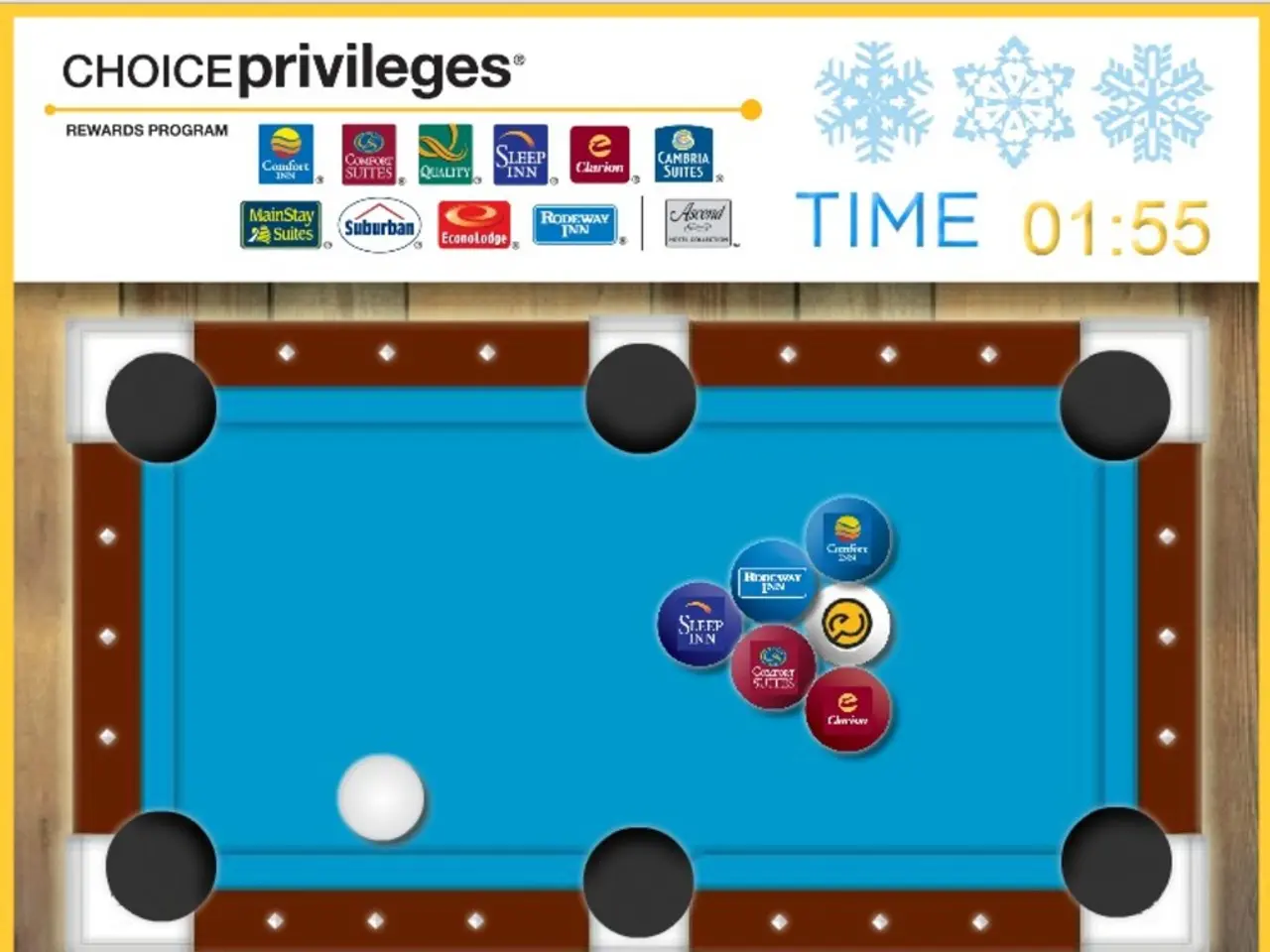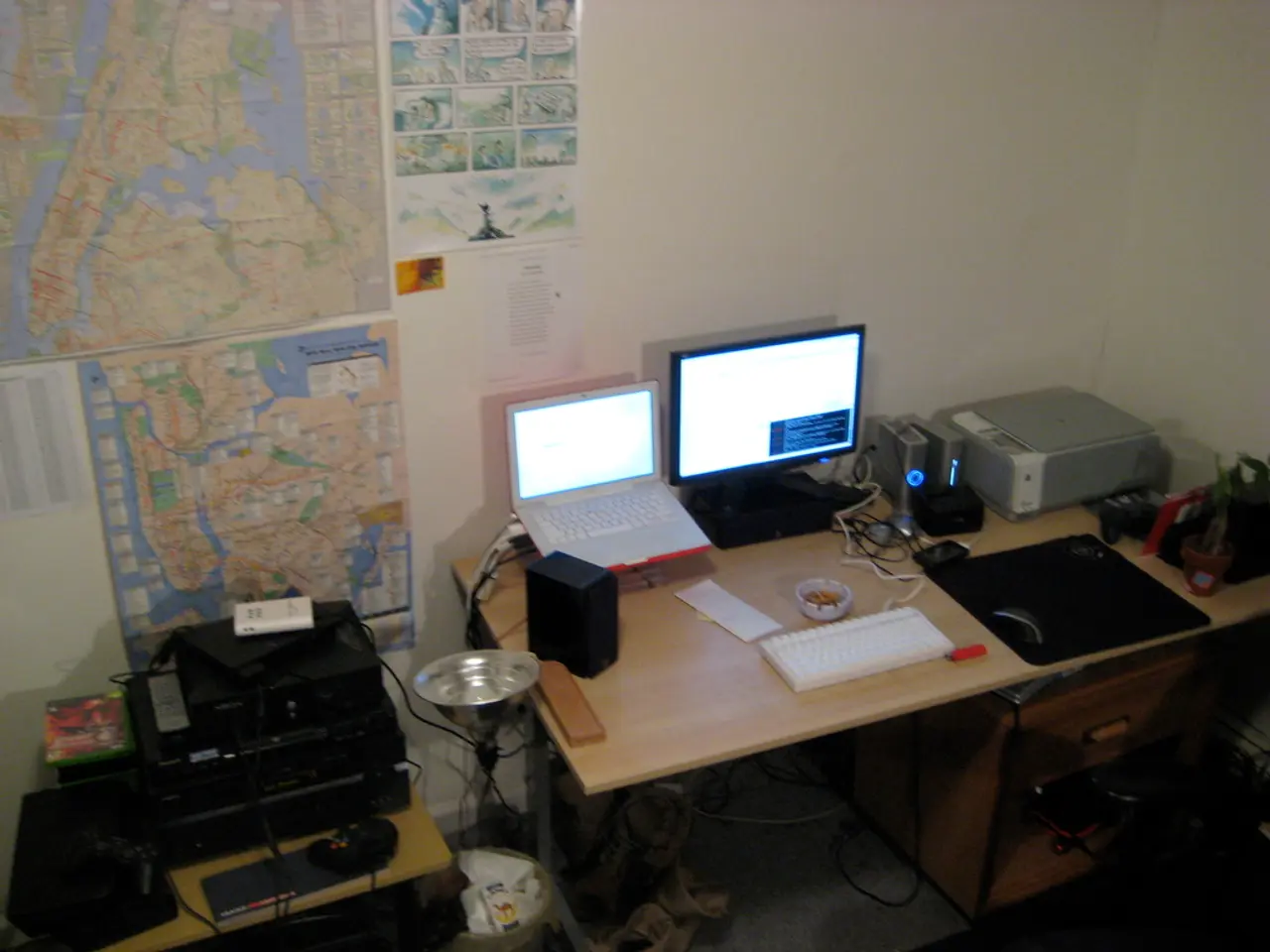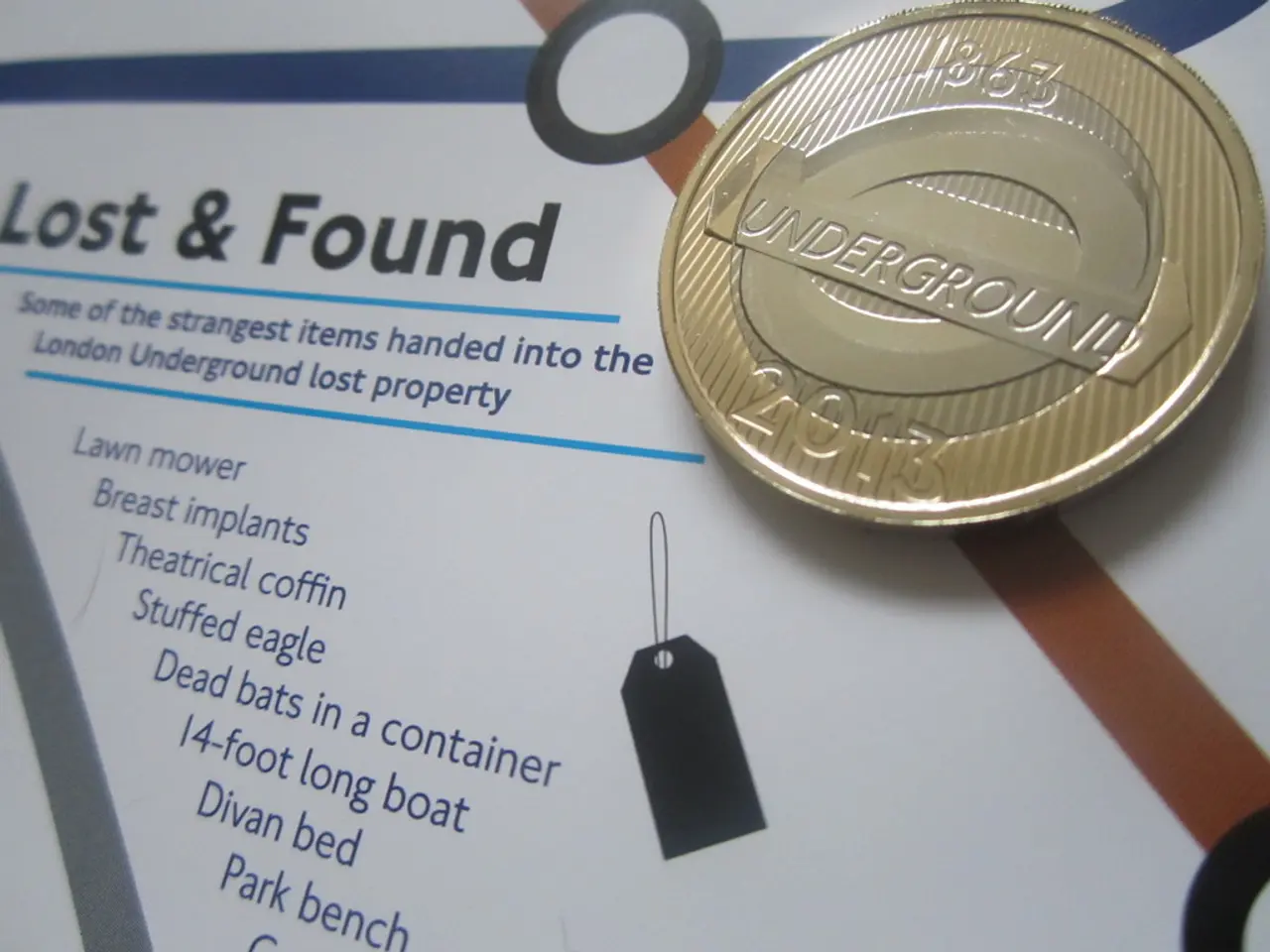Manipulation of Invisible Visual Effects by BOT in Guillermo del Toro's Pinocchio Project
In the world of visual effects, Boris FX Silhouette has proven to be a powerful tool for artists navigating complex challenges. This was evident in the recent collaboration between BOT VFX and Guillermo del Toro's Pinocchio, a stop-motion masterpiece now streaming on Netflix.
BOT VFX, serving as the rotoscoping, paint, and compositing provider for the project, leveraged Silhouette's robust features to seamlessly integrate digital enhancements with the handcrafted stop-motion frames. The result? Each frame of Pinocchio exudes a breathtaking beauty, meticulously crafted to perfection.
The roto and paint workflow between live-action and stop-motion is similar, but stop-motion animation demands a more nuanced approach. BOT VFX's Srikanth S., 2D Supervisor, described the project as a delightful twist of fate. "Being part of Guillermo del Toro's Pinocchio was an exhilarating journey for the team at BOT VFX," he said.
One of the unique benefits of stop motion in this project was the use of additional provided elements from the motion control camera for each frame. This allowed for precise rotoscoping, masking, and paint work, maintaining the artistry and texture of the physical puppets and sets while enhancing the storytelling.
The Obey Matte option in Silhouette was used to clone the rigs for roto using clean plates. The team then used Nuke for prep tasks that required applying matte extractions and using element plates. For the overall freeze frame challenge, Silhouette's Timeline keyframes were instrumental in solving the problem.
The exported roto shapes from Silhouette were then used in Foundry Nuke for additional tasks. This seamless integration between the two software tools allowed for a smooth workflow and high-quality results.
The team at BOT VFX can't help but revel in the enchanting wonder of Guillermo del Toro's Pinocchio. Collaborating with the Pinocchio team was a cinematic delight for BOT VFX. They spent six months working on the project alongside the in-house team and vendors, relying heavily on the Clone tool, auto paint, and integrated Mocha features to remove complicated puppet rigs and rig shadows.
The benefits of Silhouette's non-destructive approach were also evident in accommodating updated plates. After roto and paint tasks, the team could easily make adjustments without losing the original work, ensuring the film's visual consistency.
In the end, the collaboration between BOT VFX and Guillermo del Toro's Pinocchio resulted in a film that seamlessly blends practical and digital elements, creating a visual spectacle that is both mesmerising and captivating. The use of Boris FX Silhouette played a significant role in achieving this feat, empowering artists to push the boundaries of stop-motion animation and deliver a cinematic experience that is truly unforgettable.
- The collaboration between BOT VFX and Guillermo del Toro's Pinocchio, a mesmerizing blend of practical and digital elements, showcases the role of technology in elevating traditional stop-motion animation, offering a captivating lifestyle experience for viewers.
- To deliver an unforgettable cinematic experience, BOT VFX leveraged technology such as Boris FX Silhouette, seamlessly integrating digital enhancements with the physical puppets and sets, thereby transforming the entertainment value of the stop-motion masterpiece, Pinocchio.




